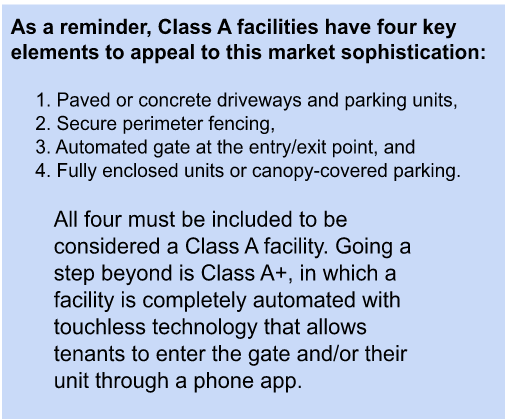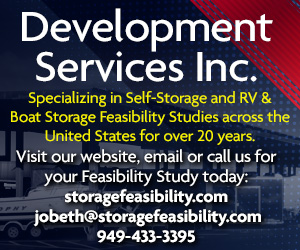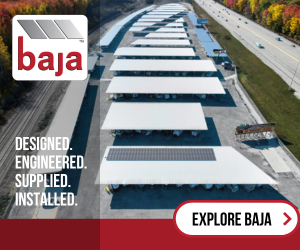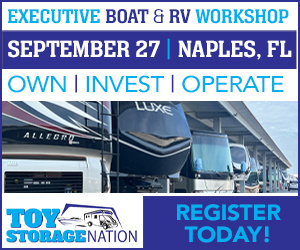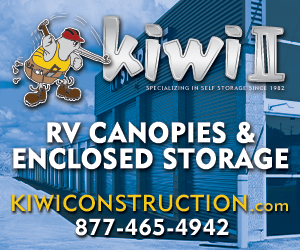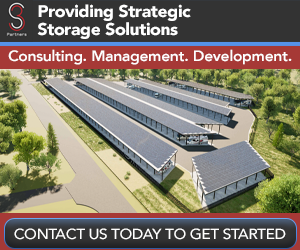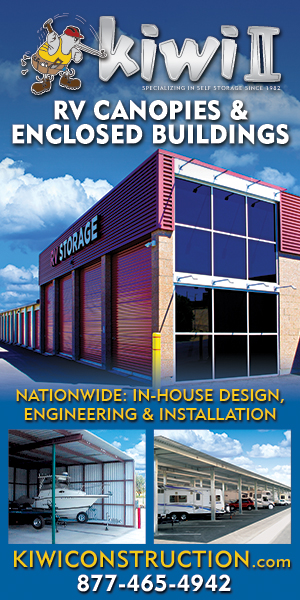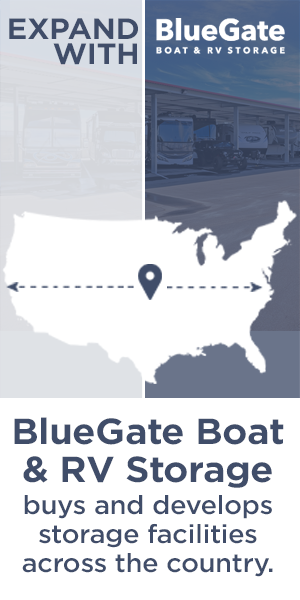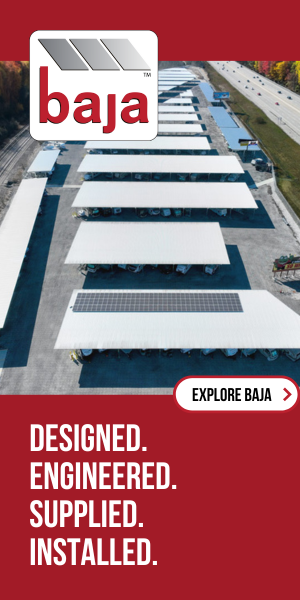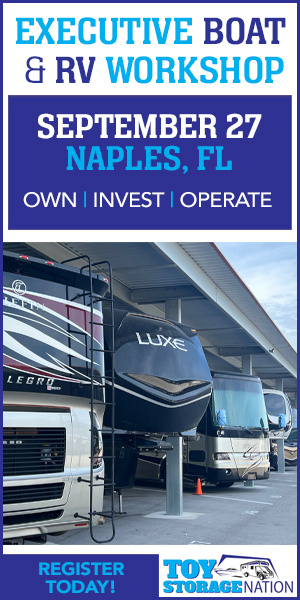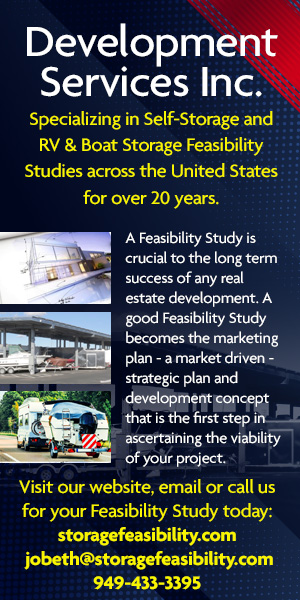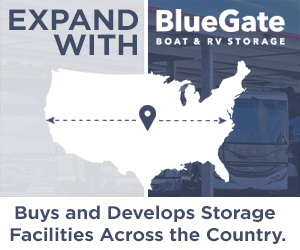Part Two: For the greatest return on your toy storage investment, place your bets on Class A
Part one of this series discusses how our nation’s growing interest in outdoor recreation is feeding into the RV and boat storage market. In Part two, we’ll reflect on ways to ensure the success of Class A storage to provide clients the level of services and care that meets their expectations—providing them with convenience, comfort and exceptional streamlined service.
“Traditional storage is known as recession-resilient, whereas boat/RV is quickly becoming steady cash flow with a very minimal upkeep and maintenance costs.”
The above quote is shared from Cushman & Wakefield’s most recent Valuation & Advisory RV & Boat Storage Quarterly Overview. Inside the report, there is a distinction made regarding the differences between toy vehicle storage compared to traditional storage lending and financing.
“Boat and RV facilities have a wide scale of what is included in this facility type,” says the report. “On one end there are facilities that are, essentially, unimproved parking lots. These types of facilities may be lighter on amenities including things such as security fencing, cameras and perhaps recreational-vehicle specific
improvements such as dump stations. For these types of facilities, we often see little else in terms of vertical structures. On the other end, there are RV and boat facilities with high-end amenities such as large oversize units with roll-up doors and covered shelters with climate control and even can go as far as ice machines, electricity hookups and access to water.
All these amenities can be attractions for RV and boat owners looking for the perfect place to park their prized possession. In addition, other amenities can bring in ancillary income.
According to Terry Anderson, president of Tenant Property Protection and Chair of the Toy Storage Nation Advisory Board, “The Class A Executive RV and boat facility is an ‘ancillary-rich’ environment. Unlike the secured unit storage comprising ‘4-D’ customers (death, divorce, departure or declutter), this unique asset class has added a fifth D—Delight!
“Why? The RV and boats bought and stored by this community of owners are usually the second or third highest-priced asset this tenant owns. These owners will ‘baby’ and provide extra care for these recreational and amusement toys because these assets have provided the most incredible escape since the creation of big-screen TVs! Purchases they’re like to add on include:’
- An RV Park ‘n’ Protect Protection Plan (formerly RV Gap Coverage) to offset their high-deductible vehicle insurance against theft and accidents
- Solar trip chargers to keep their batteries charged and not use facility electricity
- Chocks, oil pans and many other travel supplies.”
Lastly, says Anderson, “Unlike other types of storage, RV and boat storage tenants are happy, happy, happy to be there and show the rest of the world (their storage facility and beyond) their second home away from home!”
Ask a veteran self-storage builder-turned-RV-and-boat-storage-builder about their opinion on future prospects in the industry, and you might get an answer like this, from Bob Hayworth at Baja Construction: “This is the best business I’ve been in, and I’ve been in several. I believe that RV and boat storage is the new equity class. We are currently in a paradigm shift between RV and mini-storage. The return on investment is greater in RV storage, and we are building them at one-third of the cost of mini-storage facilities.”
Bob’s expertise is well-revered in the industry to which he’s devoted 50 years of his career, especially since he developed a highly-successful and respected upscale facility known as Oakley Executive RV & Boat Storage in Oakley, Calif.
Industry consultant Jim Chiswell watched with intrigue when the newly completed Oakley Executive opened with 321 covered spaces. “The facility filled rapidly and any vacant spaces were filled quickly. As an additional profit center, a passive solar energy system on the 10 covered roofs generate 1.678 megawatts of power annually. Customers can also take advantage of free ice and water, a dump station, air compressor and a conference room with Wi-Fi that can be reserved, and the ability to get their propane tanks filled at prevailing market prices. Not a bad alternative to parking your RV or boat in an empty unsecured lot.”
Hayworth has a long list of reasons why he believes RV and boat storage offers premier development opportunities. First of all, he notes that toy storage facilities use considerably less steel material compared to self-storage, requiring only about half the overhead.
Another bonus point is that there is lower liability for the owner, because tenants are responsible for insuring their own vehicles. And, because these vehicles come with a high price tag, clients are inclined to pay a premium to keep them maintained, and they rarely miss a payment.
Hayworth also likes to note that clients are typically in great moods and are genuinely happy when visiting the facility before they set out on a new, exciting adventure. Moreover, because this type of storage is in such high demand, it practically markets itself.
Lastly, from Hayworth’s point of view, one of the most exciting aspects of toy storage operations is when solar power is installed on canopies that not only benefit the environment but can also provide profit if sold back to the local utility company.
Class A doesn’t guarantee success, but other considerations regarding where your facility will be located and how it will be accessed can definitely impact the facility’s performance, says Chris Koenig, President of Pacific Property Advisors Inc. “Since the beginning of time, location, location, location has been the mantra in real estate,” begins Koenig.
“If every development project could be at the corner of Main and Main, everything would point you toward success. However, in the real world, you’ll want to locate yourself as close as possible to the center of action, but you’ll also want to make sure you’re building in a safe area, where vehicle owners will be customers coming and going and, more importantly, feeling confident that their recreational vehicle is perfectly safe.”
Another important consideration? According to Koenig, the ease of access to your site can pave the way for prolific business. “I can say that lights, U-turns, medians, traffic volumes, etc., all factor into a customer’s decision whether to lease in your potential location. Look for easily accessible sites, even if it’s located a little bit further away.”
Most developers have found that gaining city approvals for RV and boat storage facilities may be easier if the property is located in an area outside of city limits zoned for industrial purposes. As long as it is within close proximity to housing and en route to destinations for camping, fishing, touring, etc., the opportunity for a successful business exists. Entrepreneurs are always encouraged to work with professional consulting companies to conduct feasibility studies and complete the due diligence process before moving forward.
Stay tuned for Part 3 of United States of Recreation, where we glean the data to build the case around RV and boat storage development.










